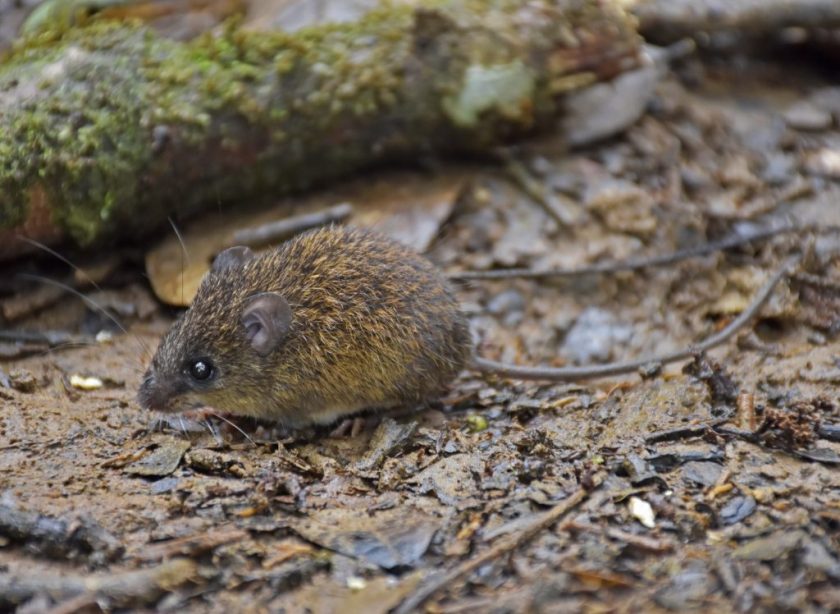Today, we are thrilled to share with you the celebration of a remarkable milestone in our journey. In July, we marked our 15th birthday – a decade and a half of fostering the free exchange of ideas, data, and knowledge in the vast realm of zoology.
We look back on this incredible journey with pride and appreciation for the countless researchers, authors, reviewers, and supporters who have helped make this dream a reality. From the very inception, our goal has been to create a platform where zoological discoveries can shine brightly, accessible to all who share a passion for the wonders of the animal kingdom.
ZooKeys was born out of our collective desire to push the boundaries of scientific publishing, to embrace innovation, and to provide a space where the brightest minds in zoology could come together. Over the years, we have not only achieved this but, thanks to our publisher Pensoft, have also become pioneers in implementing cutting-edge technologies to enhance the way knowledge is shared and absorbed.
ZooKeys was the first of Pensoft’s open-access journals, set up to accelerate research and free information exchange in taxonomy, phylogeny, biogeography and evolution of animals. Starting as a taxonomic journal, it quickly expanded to other zoology-related sciences, such as ecology, molecular biology, genomics, evolutionary biology, palaeontology, behavioural science, bioinformatics etc… The journal has been thriving since its inception and is currently considered as one of the most prolific and liked Open Access journals in zoology.
Erwin T, Stoev P, Penev L (2018) ZooKeys anniversary: 10 years of leadership toward open-access publishing of zoological data and establishment at Pensoft of like-minded sister journals across the biodiversity spectrum. ZooKeys 770: 1-8. https://doi.org/10.3897/zookeys.770.28105
One of our proudest achievements was being the first taxonomic journal to introduce semantic tagging and content enhancements, revolutionizing the way information is presented and accessed. This endeavor, which began with our 50th issue in 2010, marked a turning point in scholarly publishing.
As of today, we’ve published more than 180,000 pages of research in almost 7,000 articles that have amassed more than 3 million views. Here is a Top 5 of our most popular articles ever:
- Helgen K, Pinto M, Kays R, Helgen L, Tsuchiya M, Quinn A, Wilson D, Maldonado J (2013) Taxonomic revision of the olingos (Bassaricyon), with description of a new species, the Olinguito. ZooKeys 324: 1-83. https://doi.org/10.3897/zookeys.324.5827, with 80,500 views,
- Bousquet Y (2016) Litteratura Coleopterologica (1758–1900): a guide to selected books related to the taxonomy of Coleoptera with publication dates and notes. ZooKeys 583: 1-776. https://doi.org/10.3897/zookeys.583.7084 with 69,543 views,
- Ledford J, Griswold C, Audisio T (2012) An extraordinary new family of spiders from caves in the Pacific Northwest (Araneae, Trogloraptoridae, new family). ZooKeys 215: 77-102. https://doi.org/10.3897/zookeys.215.3547 with 65,446 views,
- Ibrahim N, Sereno PC, Varricchio DJ, Martill DM, Dutheil DB, Unwin DM, Baidder L, Larsson HCE, Zouhri S, Kaoukaya A (2020) Geology and paleontology of the Upper Cretaceous Kem Kem Group of eastern Morocco. ZooKeys 928: 1-216. https://doi.org/10.3897/zookeys.928.47517 with 64,456 views,
- Bouchard P, Bousquet Y, Davies A, Alonso-Zarazaga M, Lawrence J, Lyal C, Newton A, Reid C, Schmitt M, Slipinski A, Smith A (2011) Family-Group Names In Coleoptera (Insecta). ZooKeys 88: 1-972. https://doi.org/10.3897/zookeys.88.807 with 63,524 views.
Our journey would have been incomplete without you – our avid readers and supporters. Your hunger for knowledge, your curiosity, and your unwavering support have been the wind beneath our wings, motivating us to do better, and reinforcing the importance of what we do. As we celebrate our 15th birthday, we extend our deepest gratitude to each one of you who has been a part of our history.
Looking ahead, the future of ZooKeys looks as bright as ever. We are committed to continuing our legacy of innovation, collaboration, and accessibility. Our goal remains steadfast – to be a beacon of knowledge, a platform that fosters discoveries, and a source of inspiration for the next generation of zoological minds.
As we celebrate our 15th anniversary, we are filled with a sense of awe and wonder at the remarkable achievements we have collectively made. Thank you for being a part of this incredible journey. Here’s to the next 15 years and beyond, as we continue to explore, discover, and celebrate the extraordinary diversity of life on Earth.







































